Back when this column started, I knew I had to talk about Alien Resurrection at some point. It’s one of the greatest PlayStation exclusives no one talks about, has aged amazingly well, and it couldn’t catch a break to save its life. It was delayed a full three years, and the reviled movie it’s based on is just the tip of the iceberg for what befell the game. It dropped its PC and Sega Saturn ports to just get out the door, and poor sales helped ensure it’d be one of the last games by developer Argonaut, which created the Super NES classic Star Fox, among other gems.
The icing on that shit luck cake was Alien Resurrection got absolutely thrashed by some critics. The most infamous review complained that its control scheme was basically incomprehensible for using both sticks for movement. In other words, Alien Resurrection used the same innovative twin-stick control scheme as *check notes* Halo: Combat Evolved, but a year sooner.
To say I feel bad for Alien Resurrection is an understatement. Most of the games I talk about had their issues, but that’s just the thing — Alien Resurrection holds up splendidly and seemingly does everything right. As both a PlayStation game and an Alien tie-in, it’s on a whole other level from its competition. Alien Resurrection ties together a chilling atmosphere, bitingly sharp combat design, and haunting sound design that defies the file compression and polygon counts of the era.
Imagine if you crammed Alien: Isolation and the few good bits of Aliens: Colonial Marines into a single game, then on top of that featured multiple playable protagonists, gorgeous ambient lighting, and managed to make inventory management as simple and intuitive as two buttons. Alien Resurrection even solves design problems in its successors. Instead of making facehuggers a quicktime event or a game over screen, you have to find an Autodoc device that can neutralize a fetal Xenomorph before it cracks you open like a walnut. Human enemies are only used sparingly rather than for multiple chapters at length, and they are an actual threat when they do appear.
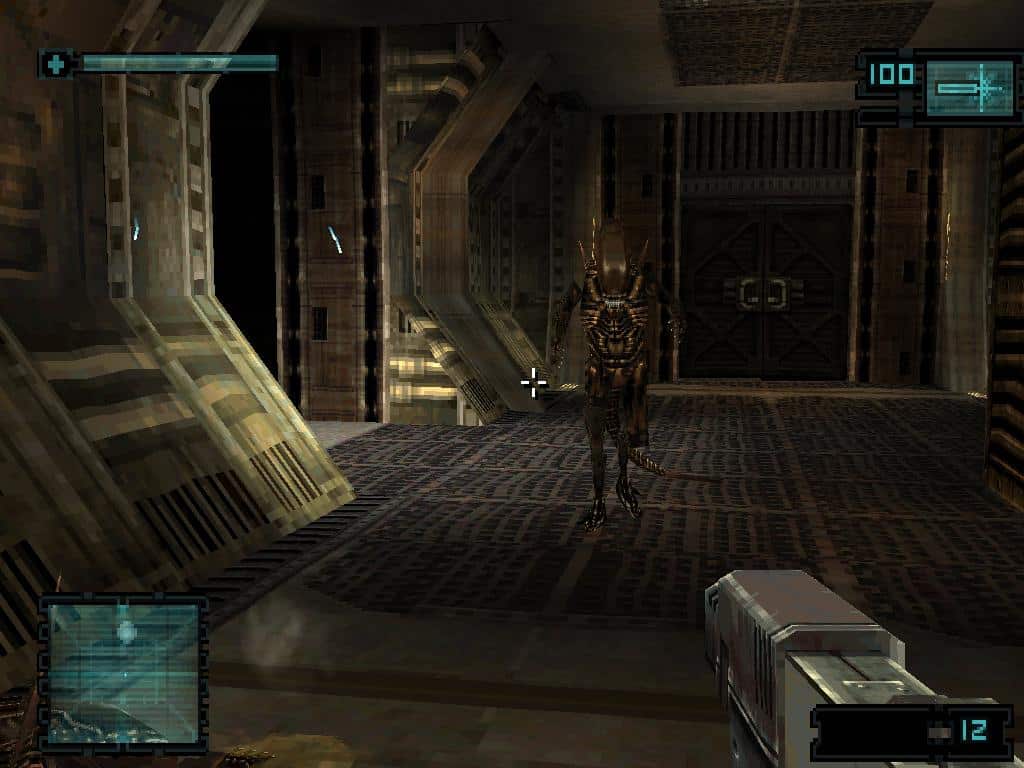
Perhaps most profound of all, the game knows that aiming with analog sticks is still a pain, so it lets you freely use the PlayStation Mouse, allowing for precise aiming at a time when auto-aim was a necessity rather than an accessibility aid. And yes, I actually tracked down a PS Mouse to try it — it works great! Your weapons are impactful, and with a short supply on munitions, making every shot count is a must. It’s an utter shame this game’s PC release never came about, because it would’ve been a perfect fit.
All of this on its own is fantastic, but there’s the surprise bonus that Alien Resurrection has no interest in slowing itself down for the sake of replicating the film’s plot. Sure, you’re still escaping a doomed vessel and the cast all appears, but they take a backseat to what benefits the game. Alien Resurrection’s design follows the same mantra as Monolith’s F.E.A.R., putting the environment and gameplay first. Cutscenes are brief and often not even voiced, merely moving things along. Everything crucial is instead communicated through the world around you. You learn things by experience, with clear animations and audio cues alerting you to enemies and hazards.
If something’s broken, wall panels spark lethal bolts of electricity. When xenomorphs have infested an area, you’ll find their eggs and facehuggers laying in wait, surrounded by chest-bursted corpses. Enemies cry out and cringe when hurt. Xenomorph claws clank in the rafters as a warning when they’re lurking about. Overhead automated alerts chime in with a bleakly humorous charm to brief you as you enter new areas, almost every other living soul either fleeing or out to kill you in an instant. Your only true companions are your footsteps, your heartbeat when on low health (easily one of the best uses of controller rumbling I’ve ever experienced), and the groans of the doomed vessel you’re trying to escape.
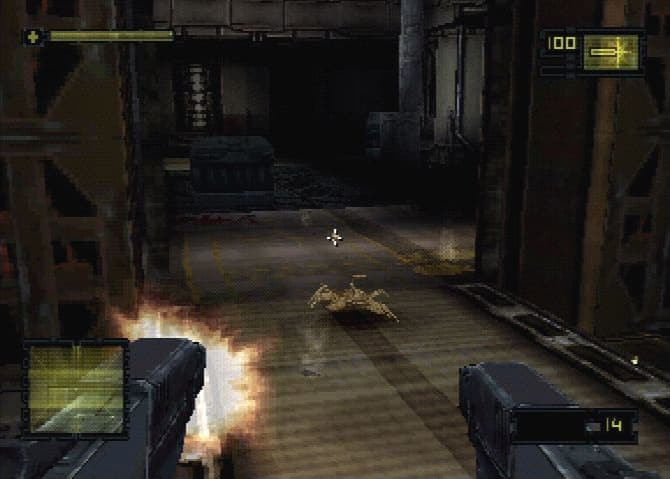
There are no cheap gags here, but instead persistent threats that fill you with dread about opening the next door. While Alien Resurrection has been criticized for being difficult, it’s simply a matter of a steep learning curve. Treating Alien Resurrection like a shooter will see you down to just your pistol as you get mauled by Xenomorphs time and again. If you respect it as a horror game that just happens to be in first-person, you’ll stalk your way through the twisting metal halls, little by little, to great success.
Enemies aren’t tissue paper facsimiles of H.R. Giger’s alien beast either, but instead lunge and ambush you. In many ways they hearken back to the sections in Dead Space 2 where you’re hunted by packs of necromorphs in the game’s tightest confines. A full decade earlier, Argonaut took a first crack at this cat-and-mouse hunt design. While Alien Resurrection’s AI leaves something to be desired, the thrill remains thanks to enemies’ aggressive tactics and your sparse ammo. Situational awareness is a must, even with that handy motion tracker warning you when unseen threats are closing in. It perfectly blends Alien’s tension and Aliens’ action better than honestly any film sequel has.
While they were dealt a rough turn, Argonaut’s team on Alien Resurrection was anything but Crew Expendable. From its smooth controls to its marvelous execution, Alien Resurrection just doesn’t feel that old, yet it was released in 2000. As such, its 20th anniversary deserves much more celebration. With all the game remasters rolling out these days, Alien Resurrection is chief among the PlayStation’s hidden gems that are owed a second look by more than just this column. PlayStation 2 even supports the PlayStation Mouse, if you want the full Alien Resurrection experience with a slightly more up-to-date system. Any fan of classic horror and Alien owes it to themselves to find a copy and finally experience one of the best Alien games that time forgot.

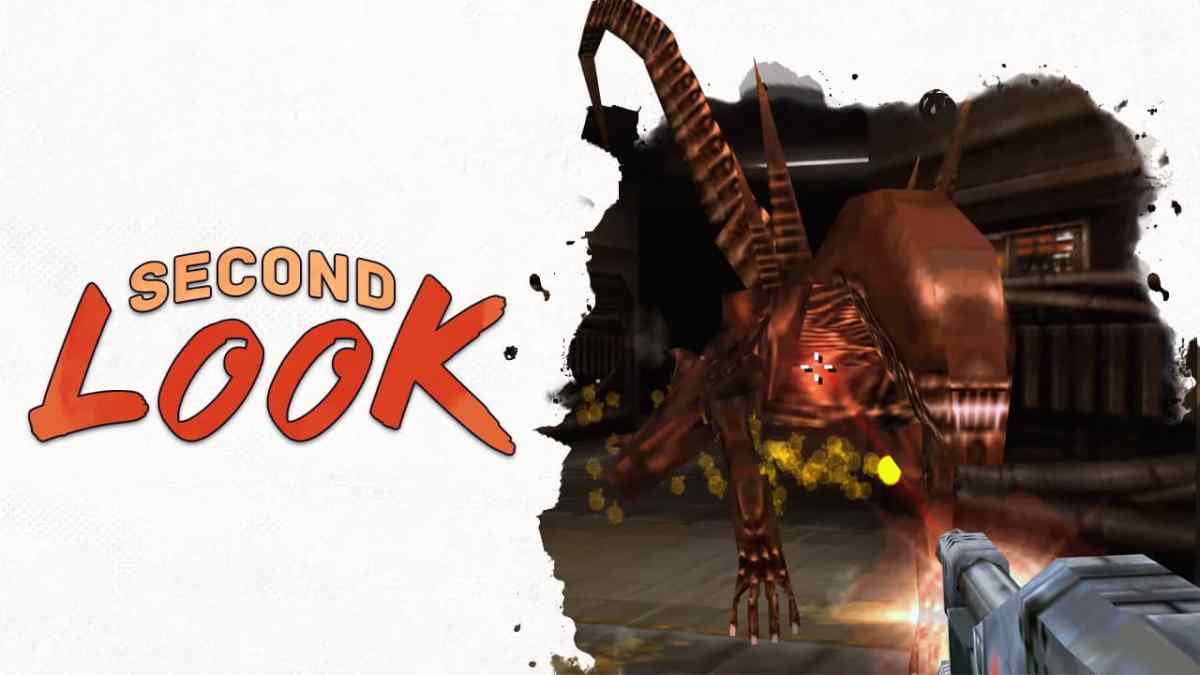
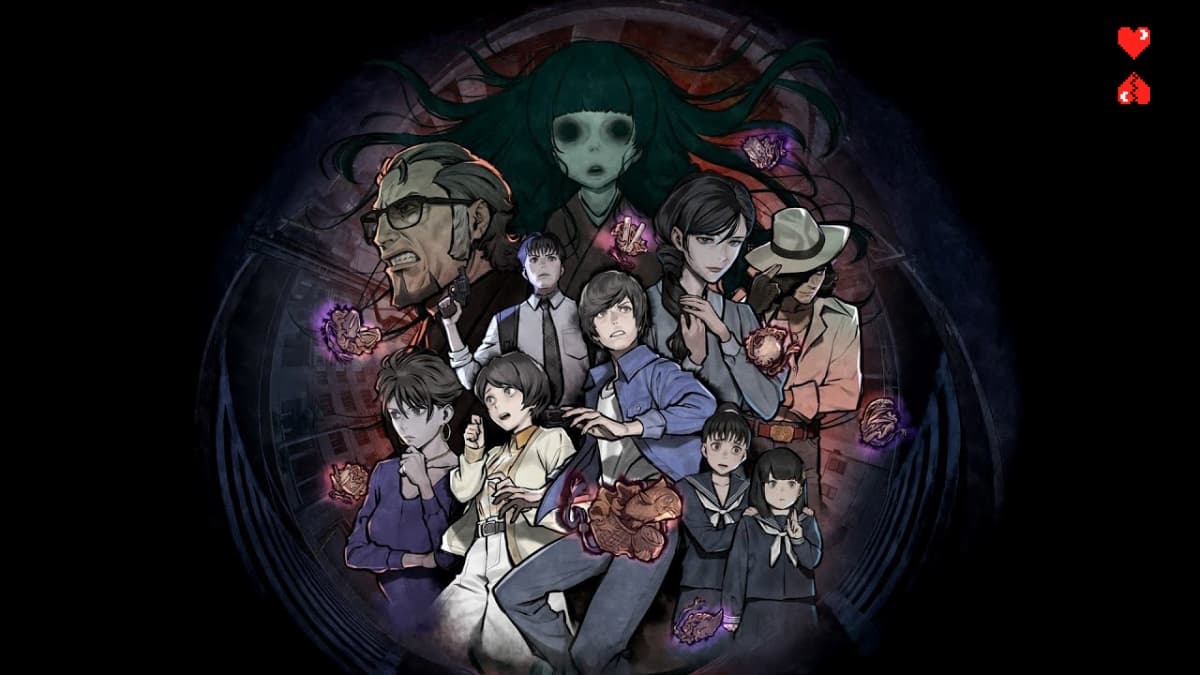
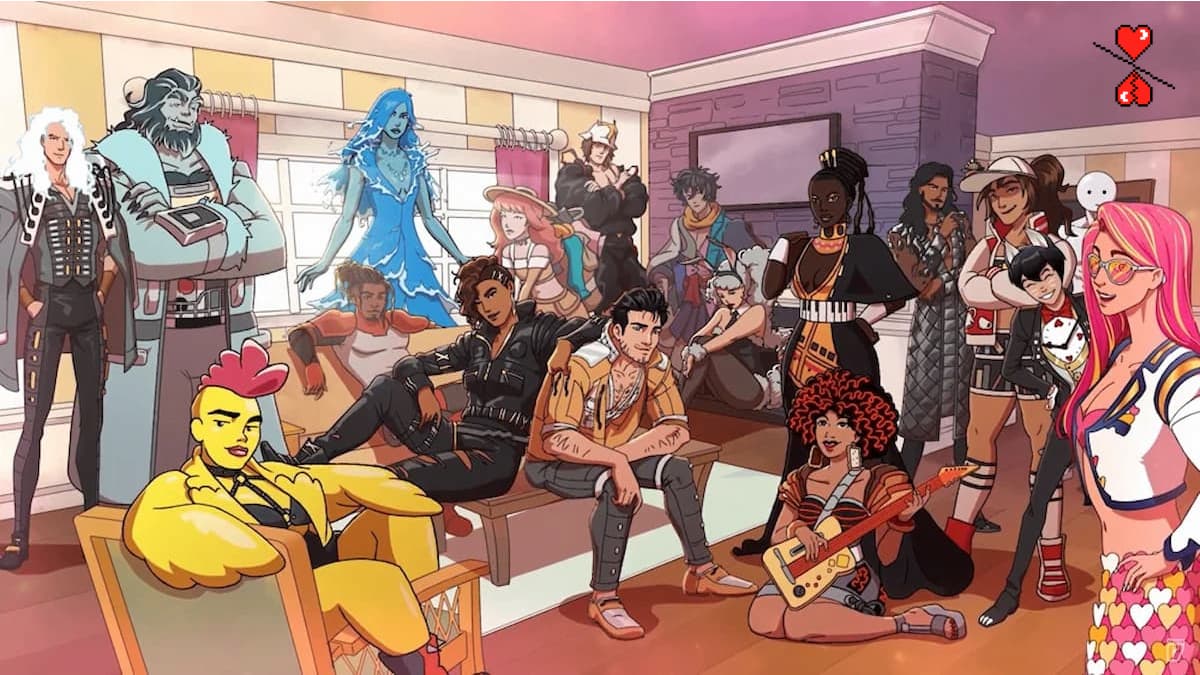


Published: Mar 26, 2020 3:00 PM UTC